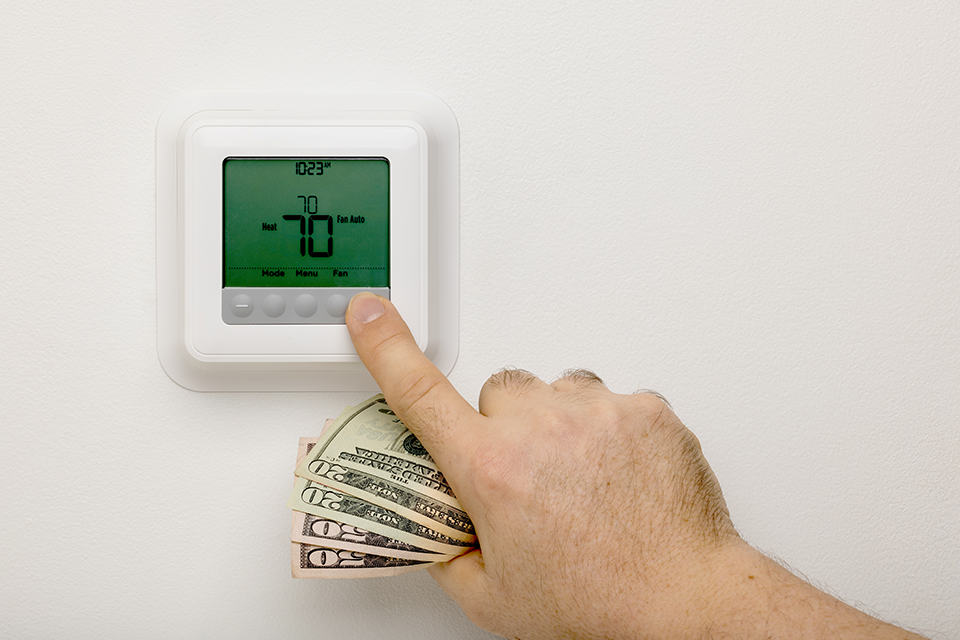Cold weather is here to stay, well at least for the next several months. Spring is but a dream away, but for now you have the present of ever increasing energy costs and colder weather in the months ahead.
Plan now for chilly temperatures and spend a little to save big. Laying down a little dough will not only pay off immediately in lower energy costs but will keep paying dividends in the form of a more energy efficient home. Energy efficient homes can save as much as 30% on their overall heating and cooling bills over similar homes which have had little or no effort toward energy efficiency. This, as well as looking for the cheapest gas and electricity deals, will help everyone during the colder months.
1. Hang storm windows or storm doors to prevent unwanted air exchange. Reducing or eliminating the cold air coming in and warm air going out can bring down heating bills by as much as 25%. Conduct a simple energy audit in your home. Light a stick of incense and hold near a closed window and watch for the smoke trail. Repeat this process several times for each window. Place a note on each window indicating the direction of the smoke and other important observations. Repeat the test on a windy day and see if the smoke moves more. Installing storm windows and good energy efficient storm doors can reduce air exchange rates by as much as 80%.
2. Use timers to regulate thermostats. Heating and cooling an empty home is unnecessary. However, reducing or raising temperatures too much can cause heating systems to work overtime during peak occupancy. Dropping a thermostat by as little as 10 degrees in winter during times when the home is unoccupied can save as much as 10% in heating costs for an average family working five days per week. With eight or more hours of reduced temperatures, a well-insulated home won’t have a significant temperature drop. Timers and programmable thermostats can be set to reduce heat flow 30 minutes before the last family member leaves the home and to raise the temperature 30 minutes before the family’s return. Dropping the temperatures during the late evening hours while the family is sleeping will further reduce costs with no discomfort to the household.
3. When away from home for extended periods of time, raise or lower the thermostat, based on the season. A weekend trip, a week in the mountains skiing, or even an overnight trip to the grandparents can all qualify as an extended period of time. Reducing temperatures for these times by 10-15 degrees can save substantially on heating costs.
4. Keep window shades and drapes open during winter daylight hours. Allowing the sun in during winter months increases natural heating. Close the blinds or curtains as night falls to retain the heat. Natural daylight has the added advantage of helping those affected by reduced daylight hours during shorter sunlight periods of winter.
5. Use window wraps to prevent heat from escaping during winter months. Windows without storm windows should be sealed with window wrap; a strong heat shrunk crystal clear plastic placed over the window’s interior. Reduction of air exchange for older windows properly sealed with window wrap can reach upwards of 80%.
This article was originally posted on Everything Finance Blog.



